 Carter Horsley
Carter HorsleyDec 23, 2011
Carter's Review
This very handsome, 5-story condominium apartment building occupies the entire blockfront on the Avenue of the Americas between Waverly Place and Washington Place.
It was developed by Philips International Holding Corp., and designed by James Stewart Polshek & Partners. It was completed in 1984.
In his book, "James Stewart Polshek, Context and Responsibility, Buildings and Projects 1957-1987," (Rizzoli, 1988), the architect gave the following history and description of the project, which is within the Greenwich Village Historic District:
"No major new building had been built there since the area was designated. As in many previous projects, an active and nervous local group created a controversy - before the building had even been show publicly - that was ultimately resolved with a great deal of patience and the support of a small group of architects, historians, and neighbors.
"The architect/developer-community confrontation was inevitable. Some residents testified at a community planning board meeting that they needed the existing parking lot. Others wanted a Greek Revival-style building or a Georgian façade, while others simply did not like the way the building looked.
"I walked the streets of the village looking for similarly scaled projects of the past. We examined a number of Greenwich Village buildings whose roof profiles, chimney pots, and decorative detail represented an energetic eclecticism rather than any particular style. The west façade on Sixth Avenue rested directly above two of New York City's primary north/south subway lines and a major sanitary trunk sewer.
"As a result, the front wall of this twenty-eight-unit building had to be extremely light in weight. Column loading was dictated by the Metropolitan Transit Authority because the point loads of the columns had to be located on top of the subway tubes.
"Under the zoning provisions of New York City, we could have built a three-and-a-half story building covering the entire site. In terms of bulk and volume, such a building would have been completely out of character with the elegant brownstones of the two side streets. Therefore, it was decided to observe the following basic rules: the bulk of the building should come close to matching the height of the adjacent brownstones; the basic material on the outboard side of the building, visible from the three streets, should be a standard brick with limestone, cast-stone, and terracotta trim; and the expression of the apartment volumes inside should become part of the deign of the façades.
"Accordingly, we broke the long façade on Sixth Avenue into three 'houses' between the two corners, each of which was defined by a tower....If the outer façades were inspired by the Karl Marx Hof in Vienna, the inner façades with their stucco walls and steel balconies owe more to Stuttgart's Weissen-hof. The entire composition, including the twelve-foot spacing of the columns, the arrangement of egress stairs on the inboard side of the courtyard, and the configuration of the small but well proportioned apartments, resembled an academic project that had been massed on the traditional mews housing type."
The building, which has several duplexes, is very handsome with multi-paned windows and a very handsome glass marquee entrance and very attractive storefronts. The large courtyard has pyramidal skylights and gardens over the subway.
It is one block to the west of Washington Square Park and has good public transportation.
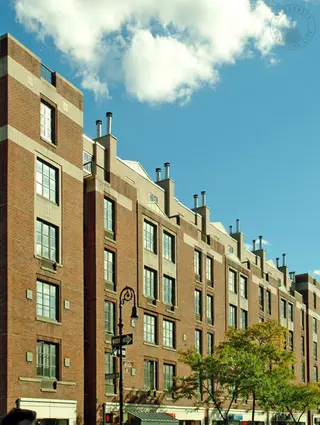
- Condo built in 1984
- Located in Greenwich Village
- 28 total apartments 28 total apartments
- 10 recent sales ($1.4M to $2.5M)
- Doorman
- Pets Allowed

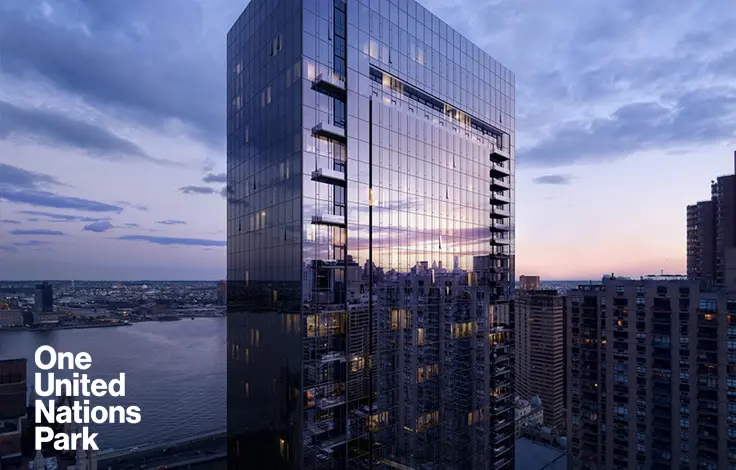
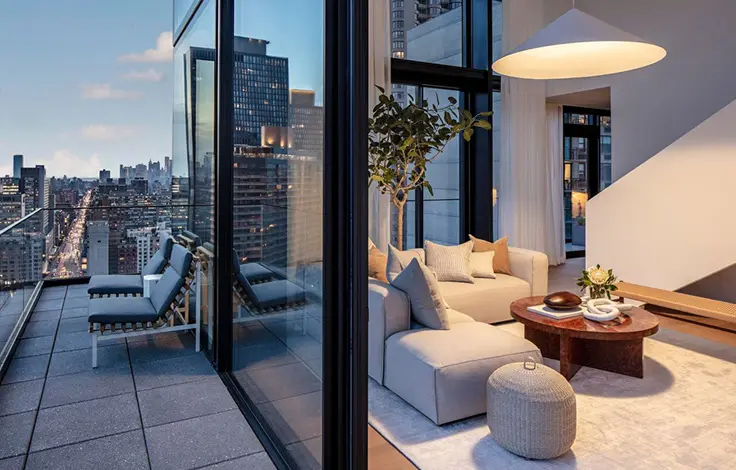
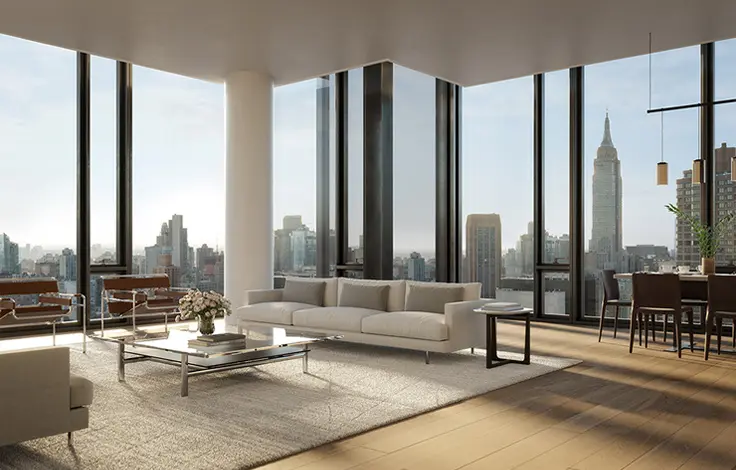

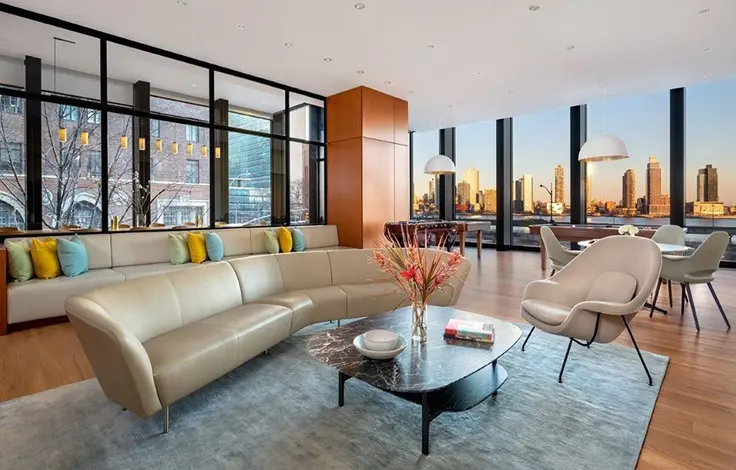
 6sqft delivers the latest on real estate, architecture, and design, straight from New York City.
6sqft delivers the latest on real estate, architecture, and design, straight from New York City.
